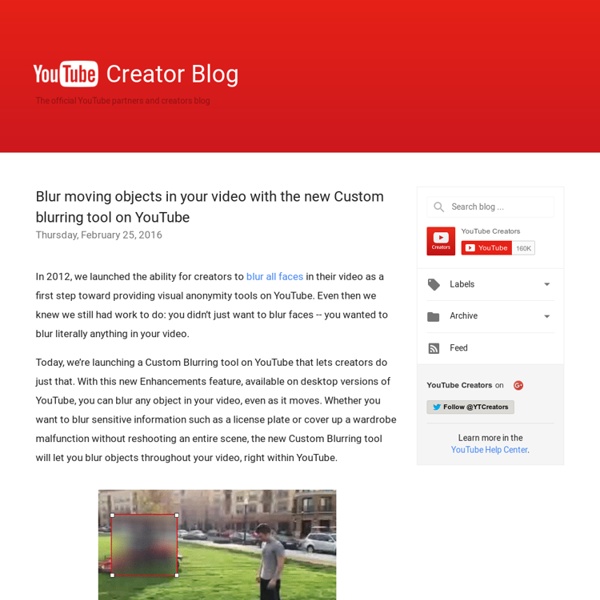YouTube Creator Blog

YouTube Trends
YouTube Blog
Learn how to go viral on Youtube
This is the stuff that viral videos is made of, and the lucky winners like Justin Bieber who resonate enough of a buzz online to alert some talent scout who's watching his smart phone in Vegas, at his hot seat on a slot machine. Is also the ones whom are to be destined for Youtube greatness. Who knows, its a long shot at best, but in the end it beats drawing blanks on the ground with zero potential at all, and facing homelessness like tomorrow. This is why some of the weirdest, funniest, laziest, oldest, youngest, coolest, dumbest, nerdiest folks in the world or shall I just say billions of people; are currently sharing like wildfire there on Facebook and doing all that they could to create a flurry of FB likes, shares etc... Now mind you the news reporters, government officials, radio stations, Hollywood Gangstars, Record Producers etc...and even them public service people who were all responsible for placing you in that unemployment line position.
Related:
Related:



